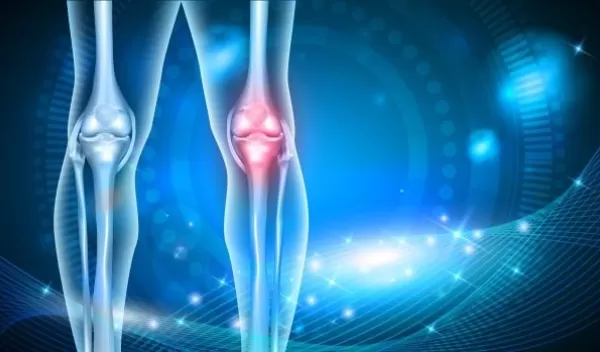
Scientists develop gel that delivers drugs directly to diseased joints
Osteoarthritis (OA) is a progressive condition affecting the lives of more than 32 million Americans. Post-traumatic osteoarthritis (PTOA), a major subset of osteoarthritis that comprises 10% of diagnoses and disproportionally affects injured military personnel, has no effective therapeutic protocols that slow or stop the progression except for over-the-counter analgesics. Post-traumatic osteoarthritis leads to articular cartilage damage and results in more than $3 billion in health care costs each year.
U.S. National Science Foundation-funded researchers based at New York University identified the molecular mechanism and therapeutic payload for delivering pharmacologic treatment directly to affected joints, effectively halting the onset and progression of post-traumatic osteoarthritis. The team published its findings in Biomaterials.
The researchers combined compounds to develop a porous gel that can reach and envelop affected joints, reduce inflammation and induce regeneration. The substance, referred to as E5C, is a protein-based gel that contains native, not synthetic, cartilage components that are nontoxic and biodegradable. The properties of E5C make it a viable candidate for injectable biomaterials.
"We have developed a unique protein-based gel capable of minimally invasive, sustained delivery of prospective therapeutics in OA," said researcher and co-author Jin Kim Montclare.
The researchers are planning subsequent studies to determine the efficacy of higher doses of Atsttrin in the E5C gel for preventive and therapeutic applications.
Guebre Tessema, a program director in NSF's Division of Materials Research, added, "Critical information about the topography of biomaterials was obtained using an NSF-funded scanning electron microscope. The result is a clear demonstration of the vital impact NSF-funded instrumentation has on research."


